Acid and alkali refractories
Generally refers to inorganic non-metallic materials with refractoriness above 1580℃. It includes natural ore and various products made by a certain process according to a certain purpose. It has certain high-temperature mechanical properties and good volume stability, and is a necessary material for various A-temperature equipment. There are many ways to classify refractory materials. Divided by chemical composition: it can be divided into acidic, alkaline and neutral:
Acid refractories
Acid refractory materials usually refer to refractory materials with SiO2 content greater than 93%. Its main feature is that it can resist the erosion of acid slag at high temperature, but it is easy to react with replika uhren alkaline slag. Acid refractory materials mainly include quartz glass products, fused quartz recombination products, silicon bricks and amorphous silicon refractory materials. Semi-silica refractories generally fall into this category. As for clay refractory materials, they are also classified as such, called semi-acid or weakly acidic refractory materials. Zircon refractory materials and silicon carbide refractory materials are also classified as special acid refractory materials.Such as Fused silica crucible,casting crucible,and melting crucibles.
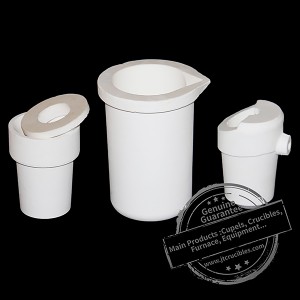
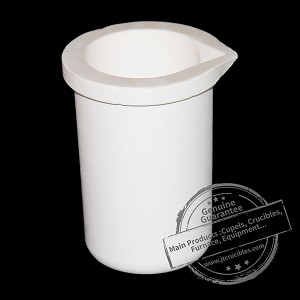
Alkaline refractories
Alkaline refractories generally refer to refractories with magnesium oxide and calcium oxide as the main components.We had magnesia cupel for cupellation .we had our own factory to proceed it .These refractory materials have high refractoriness and strong resistance to alkaline slag. Alkaline refractory materials are mainly used in alkaline steel-making furnaces and non-ferrous metal smelting furnaces, which are often used in the cement industry. Its main products include refractory materials such as magnesia, magnesia, magnesia, magnesia, dolomite and lime. Among them, magnesia, dolomite and limestone are strongly alkaline, and chrome-magnesia and magnesia-chromium, forsterite and spinel are weakly alkaline.
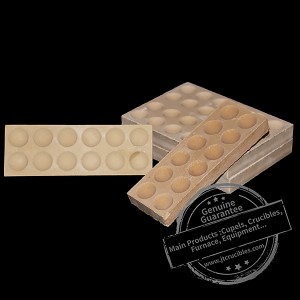
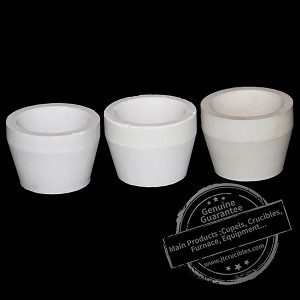
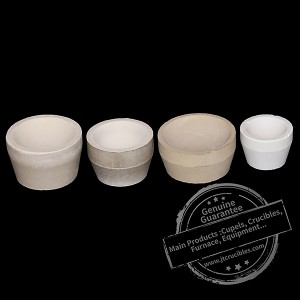
Neutral refractories
At high temperatures, refractory materials that are not likely to react significantly with acidic or alkaline slag are called neutral refractory materials, such as carbon refractory materials and chromium refractory materials. Some high-alumina refractory materials are also classified as such, and are classified as neutral refractory materials with some acid tendency, while chromium refractory materials are classified as neutral refractory materials with some alkalinity tendency.
Post time: Jun-28-2020
